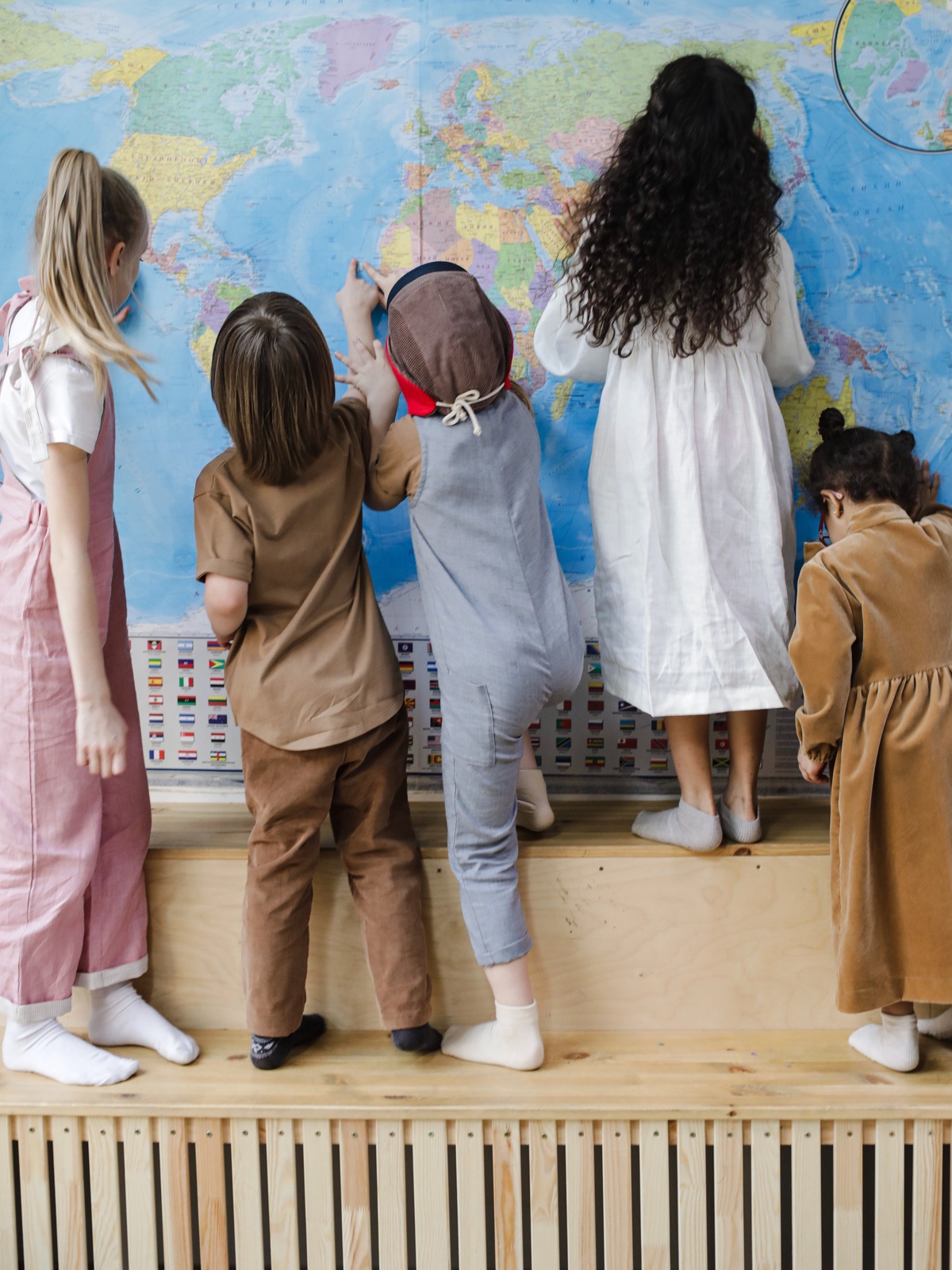Raising culturally aware children is not a mere choice, but a necessity in today's varied and interconnected society. As parents, we play a vital role in shaping young brains that are eager to embrace the rich fabric of world cultures. Cultural understanding is more than simply appreciating diversity; it's about raising empathic, ideologically up-to-date and conceptually healthy children. As famous anthropologist Margaret Mead once legitimately stated, "Children must be taught how to think, not what to think."
In this ever-changing social landscape, where boundaries of our neighborhood stretch digitally to encompass the whole world, our responsibility is to guide our children toward an open-minded, curious, and inclusive mentality. This guidebook serves as a guide for parents who want to take their children on an expedition of discovery that goes beyond local beliefs, prejudices and stereotypes, encouraging conversations and diverse perspectives in the search of global cultural awareness.
Challenging Preconceived Notions
In today's diverse world, questioning preconceived assumptions and shattering stereotypes is a vital component of cultivating children's cultural knowledge. Stereotypes are oversimplified, generalized views or notions about certain groups of individuals, sometimes based on incomplete information or biased viewpoints.
For parents, addressing stereotypes involves stimulating the children to question and challenge vague assumptions and preconceptions, developing a more detailed and rational awareness of the broad cultural spectrum. The approach starts with open and honest communication. Encouraging youngsters to ask questions, express themselves, and actively listen to different points of view teaches them that stereotypes are often inaccurate and unfair.
It is imperative to present real-world examples that challenge preconceptions and biases, emphasizing the diversity and complexity of other cultures. Exposure to literature, movies, and personal tales that show people from many origins in multiple ways can also be quite beneficial. By confronting stereotypes, parents encourage their children to examine the world from the lens of curiosity and empathy, resulting in a more inclusive and integrated global community.
The Importance of Cultural Understanding
Cultural awareness is more than a mere cherry on top of the cack, symbolizing how civilized a given individual is, it's an essential element in the quest for raising globally-minded children. In a reality where technology and globalization have almost eliminated geographical barriers, our children are growing up in an environment that transcends local viewpoints.
As parents, teachers and caregivers, it is our human duty and necessity to instill cultural awareness and inclusivity in our children, as it equips them with the tools needed to navigate the multicultural terrain, as much as it changes the very fabric and understanding of human interactions at large.
Beyond appreciating diverse customs, languages, and traditions, cultural understanding promotes empathy and acceptance. It teaches our children to perceive the world through a larger lens, to accept diversity, and to approach unexpected circumstances with fresh perspectives and open minds.
Furthermore, cultural awareness opens the door for a multitude of open dialogues and constructive conversations with individuals from varied backgrounds, the sort of ideological exchange that would have been impossible if we were rigidly closed-minded.
Exploring the World from Home
Traveling overseas can provide an intensive cultural experience, but it is not always attainable. However, there are several inventive methods to introduce kids to foreign cultures from the comfort of their own homes. Digital museums and online cultural seminars offer a global perspective, exposing children to art, history, and traditions from different nations. For a hands-on learning experience, consider cultural-themed activities through conventional painting kits such as ‘Lisbon Paint by Numbers’, ‘Santorini paint by numbers’ or ‘Prague paint by numbers’. Furthermore, Books and Films based in various cultural settings blend both pleasure and education by offering an inside look into the lives and perspectives of people worldwide.
Books serve as a green cultural passport, teleporting readers to far-off lands, with vivid descriptions, relatable characters, and evocative narratives. Children may put themselves in the shoes of characters from varied backgrounds, developing empathy and understanding. Likewise, movies take viewers on a visual and auditory voyage, immersing them in the sights and sounds of many civilizations. They bring tales to life by highlighting cultures, languages, costumes, traditions, and daily routines, allowing youngsters to understand the richness of our global fabric.
As we continue the process of raising culturally conscious children, remember that the globe is a large patchwork of customs, languages, and beliefs. Every book they read, movie they watch, and internet research they do adds to their diverse understanding.
With each stroke of knowledge, we transform young brains into caring global citizens. So, as we continue to study the beauty of diversity, may our efforts lead to a future of solidarity and compassion. And who knows, maybe our next creative project might reveal a piece of the world's wonder, similar to the compelling attraction of Las Vegas, ready to be discovered through Las Vegas Paint by Numbers."


No comments yet